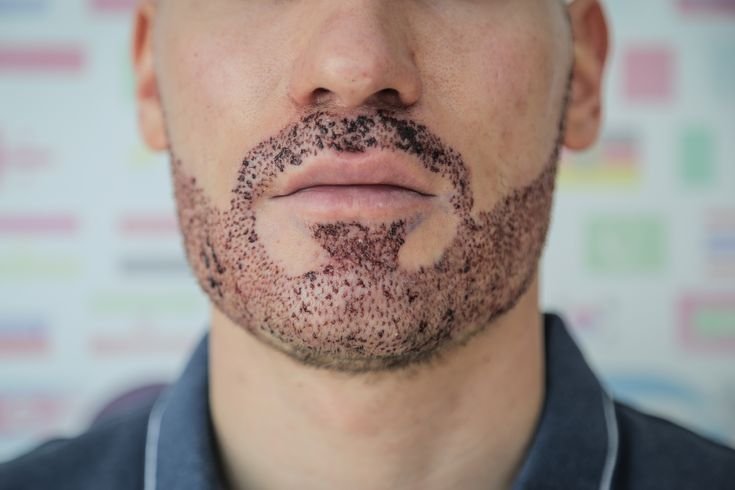
Mustache Transplant Procedure
A mustache transplant is a surgical procedure in which hair follicles are
relocated from one part of the body, typically the back of the head, to the
upper lip area to create or enhance a mustache. This procedure is ideal for
those who are unable to grow a full mustache or have experienced facial hair
loss due to factors like injury, scarring, or certain medical conditions.
Steps Involved in the Mustache Transplant Procedure
- Consultation: The process begins with a consultation where
the surgeon evaluates the patient's medical history, discusses the desired
outcomes, and assesses whether the patient is a suitable candidate for the
procedure.
- Donor Hair Extraction: Hair follicles are carefully
harvested from a donor area, usually the back of the head, using the
advanced FUE (Follicular Unit Extraction) technique, which ensures minimal
scarring.
- Recipient Area Preparation: The surgeon prepares the upper
lip area by creating tiny incisions or recipient sites, where the
transplanted hair follicles will be placed.
- Implantation of Hair Follicles: The extracted hair
follicles are meticulously implanted into the recipient sites. The placement
is done at the correct angle and density to ensure a natural and
aesthetically pleasing mustache.
- Post-Operative Care: After the procedure, patients are
provided with specific aftercare instructions. This typically involves
medication, gentle washing techniques, and guidance on activities to avoid
in the days following surgery.
- Recovery and Hair Growth: Initially, the transplanted hair
follicles will shed, but over the following months, new hair will start to
grow. Full results, including a thick and natural-looking mustache, are
typically visible between 6 to 12 months post-procedure.
